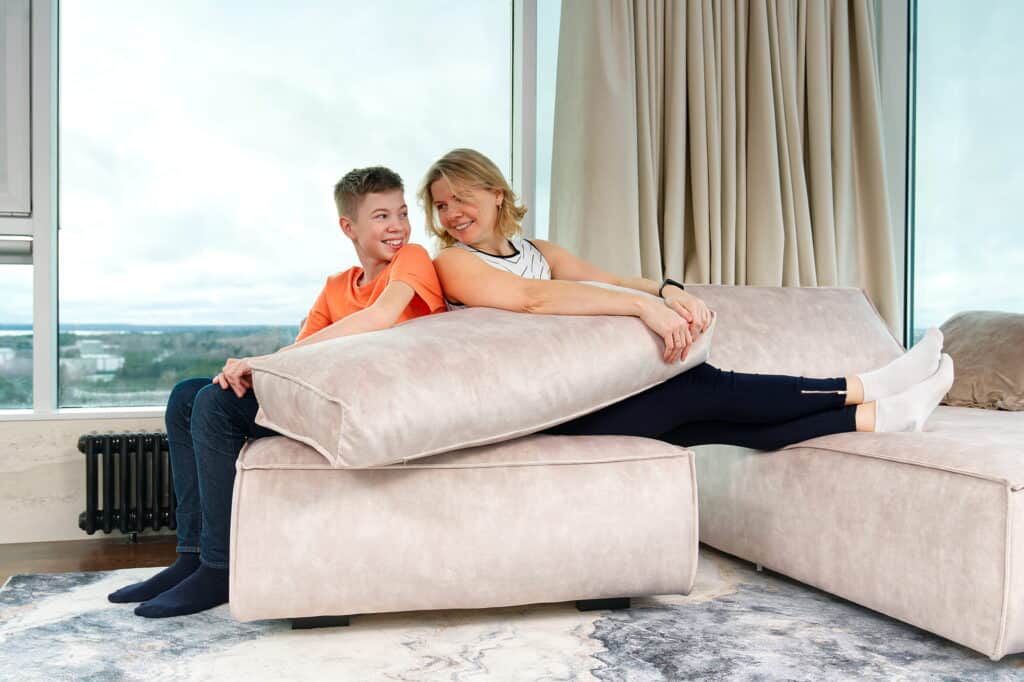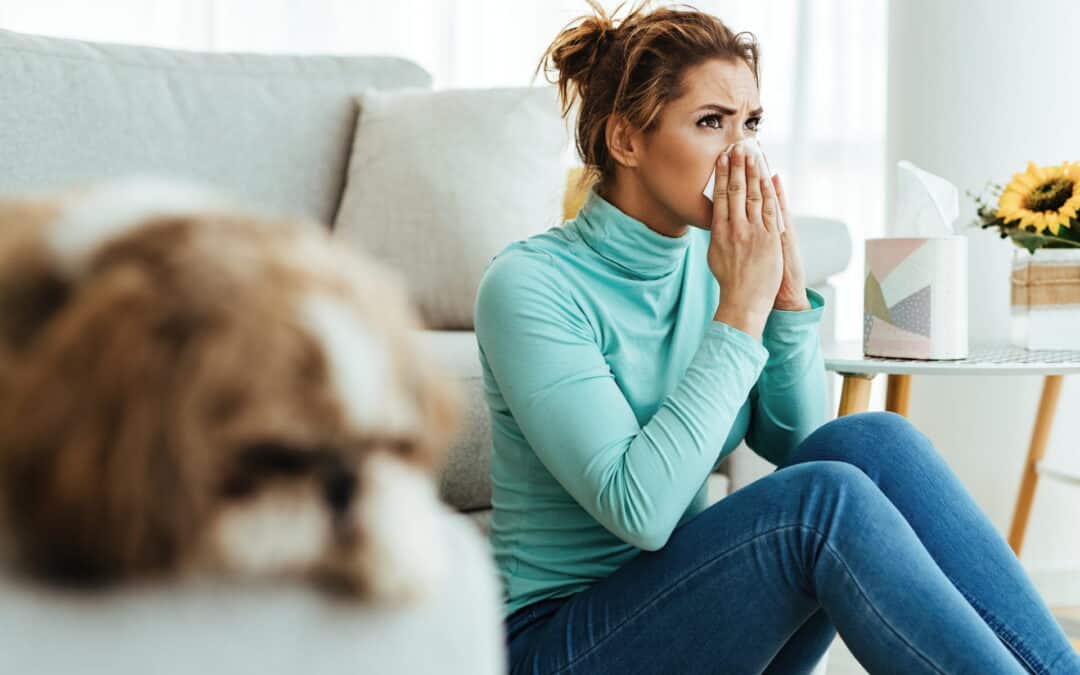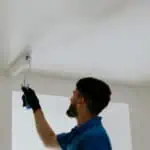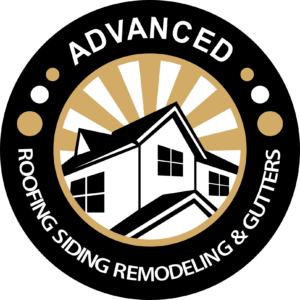When allergens invade carpets, home and business owners often face challenges maintaining healthy indoor environments. Carpet cleaning services play a crucial role in effectively removing allergens and ensuring spaces stay comfortable for everyone. Covington Carpet Cleaning Co. shares, “Regular professional cleaning significantly reduces allergens, making indoor air healthier for your family and employees.” Discovering the methods professionals use to achieve this provides clarity and confidence in the benefits of regular carpet care.
1. Steam Cleaning to Eliminate Allergens
Steam cleaning, also known as hot water extraction, deeply penetrates carpet fibers. This method dissolves and removes embedded allergens effectively. A family with recurring allergy symptoms noticed improvement after a single professional steam cleaning service. Industry standards from the EPA confirm hot water extraction eliminates 98% of common household allergens.
- Removes dust mites
- Eliminates pet dander
- Neutralizes pollen residues
2. Vacuuming with HEPA Filters
Professional carpet cleaning services employ vacuums fitted with High-Efficiency Particulate Air (HEPA) filters. These filters trap tiny allergen particles regular vacuum cleaners usually miss. Homeowners who invested in professional carpet vacuuming reported fewer allergy flare-ups and improved breathing. According to the U.S. Department of Energy, HEPA filters capture at least 99.97% of particles as small as 0.3 microns.
- Captures microscopic dust particles
- Reduces airborne contaminants
- Enhances indoor air quality
3. Allergen-Free Cleaning Solutions
Eco-friendly, allergen-free cleaning solutions minimize allergic reactions caused by harsh chemicals. Carpet cleaning companies like Covington Carpet Cleaning Co. select cleaning agents carefully to maintain indoor air quality. Residents sensitive to chemicals have benefited immensely from this thoughtful approach. The Centers for Disease Control (CDC) recommends green products for sensitive environments.
- Prevents chemical irritation
- Protects sensitive individuals
- Provides residue-free surfaces

4. High-Powered Suction Removes Deep Allergens
Advanced carpet cleaning equipment uses high-powered suction to extract deeply embedded allergens and dirt. A commercial property owner noticed significantly cleaner carpets and improved air quality after professional service. OSHA highlights the importance of removing deeply embedded dirt to prevent allergen buildup.
- Extracts deeply embedded dirt
- Prevents allergen accumulation
- Ensures thorough cleanliness
5. Applying Specialized Anti-Allergen Treatments
Carpet cleaning professionals often apply specialized treatments after cleaning to neutralize allergens. These treatments create a protective barrier that lasts long after the initial cleaning. Businesses frequently choose this service to maintain healthier indoor spaces. Studies by allergist associations support ongoing allergen-reducing treatments as beneficial.
- Neutralizes allergen proteins
- Offers prolonged protection
- Recommended for high-traffic areas
6. Fast-Drying Techniques to Avoid Mold
Quick-drying methods used by professionals prevent mold and mildew growth, critical allergen sources. Mold prevention is essential, particularly in humid climates, where moisture can quickly encourage allergen development. After using rapid drying carpet cleaning methods, property owners reported fewer allergy symptoms related to mold exposure. The EPA advises thorough drying within 24-48 hours to minimize mold growth risks.
- Reduces mold and mildew growth
- Decreases humidity-related allergens
- Ensures safer indoor environments
7. Comprehensive Upholstery Cleaning
Cleaning upholstery alongside carpets is crucial because furniture fabrics often trap and reintroduce allergens into carpeted spaces. Families found their allergy symptoms persisted until upholstery cleaning accompanied carpet services. Professional cleaning services focus equally on upholstery and carpet cleanliness to maximize results. Health organizations suggest upholstery cleaning every 12-18 months to reduce household allergens.
- Removes allergens trapped in furniture
- Prevents re-contamination of carpets
- Ensures comprehensive allergen management

Key Takeaways for Effective Allergen Removal
- Steam cleaning thoroughly penetrates fibers to eliminate allergens.
- HEPA-filtered vacuuming significantly improves indoor air quality.
- Eco-friendly cleaning solutions are essential for sensitive environments.
- High-powered suction is effective for deeply embedded allergens.
- Anti-allergen treatments provide prolonged protection.
- Fast drying methods minimize mold risks.
- Upholstery cleaning is essential for holistic allergen management.
Frequently Asked Questions on Carpet Cleaning and Allergens
Can professional carpet cleaning completely remove allergens? Professional carpet cleaning significantly reduces allergen levels, greatly improving indoor air quality and reducing allergy symptoms.
Is steam cleaning or dry cleaning better for allergy sufferers? Steam cleaning is typically more effective because it penetrates deeper into carpet fibers, removing more allergens compared to dry cleaning.
How frequently should carpets be professionally cleaned to control allergens? Professional cleaning every 6 to 12 months is ideal for allergy sufferers, depending on foot traffic and specific allergy sensitivity.
What are signs that my carpet cleaning helped reduce allergens? Reduced allergy symptoms, improved breathing, and fewer allergic reactions within the household indicate effective allergen removal.
Does upholstery cleaning significantly impact allergen reduction? Yes, upholstery cleaning is vital as allergens trapped in furniture fabrics can quickly re-contaminate carpets.







